
AROUND A.D. 600, migrants from across the southern Andes were drawn to a city just south of Bolivia's Lake Titicaca, the world's highest large lake, at 13,000 feet above sea level. Founded in A.D. 150, Tiwanaku-a name possibly based on the local Aymara people's term meaning "stone in the center"-was one of the earliest cities in the Andes. It eventually stretched across 1.5 square miles of harsh altiplano, or high plain landscape, between the Cordillera Occidental and Oriental ranges of the Andes Mountains. Amid monumental mudbrick and stone buildings were adobe homes where, between 10,000 and 20,000 people once lived, and around which they buried their dead in underground tombs. These new arrivals were likely drawn to this seemingly inhospitable landscape by extravagant sacred festivals held in and around Tiwanaku's monuments.
Denne historien er fra July/August 2024-utgaven av Archaeology.
Start din 7-dagers gratis prøveperiode på Magzter GOLD for å få tilgang til tusenvis av utvalgte premiumhistorier og 9000+ magasiner og aviser.
Allerede abonnent ? Logg på
Denne historien er fra July/August 2024-utgaven av Archaeology.
Start din 7-dagers gratis prøveperiode på Magzter GOLD for å få tilgang til tusenvis av utvalgte premiumhistorier og 9000+ magasiner og aviser.
Allerede abonnent? Logg på
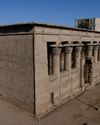
AN EGYPTIAN TEMPLE REBORN
By removing centuries of soot, researchers have uncovered the stunning decoration of a sanctuary dedicated to the heavens

THE SHELL SEEKERS
How hunter-gatherers in northern Florida facing an uncertain future revived a powerful symbol of their past

The Secrets of Porvenir
Remembering the victims of a 1918 massacre that shook a Texas border community
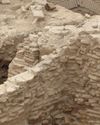
UNEARTHING ANELUSIVE EMPIRE
Archaeologists have discovered rare evidence of an enlightened medieval dynasty that ruled much of Central Asia
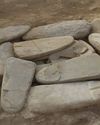
Ahead of Their Time
Excavations reveal the surprising sophistication of Copper Age villagers in southwestern Iran 6,000 years ago
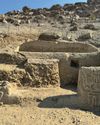
ORIGINS OF PERUVIAN RELIGION
While investigating looters' holes at the site of La Otra Banda in northern Peru's Zaña Valley, archaeologist Luis A. Muro Ynoñán of the Field Museum and the Pontifical Catholic University of Peru spotted carved blocks around seven feet below the surface.
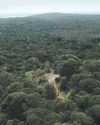
ISLAND OF FREEDOM
Many of the enslaved Africans sent to Brazil beginning in 1549 were from what is now Angola, where one of the most widely spoken languages was Kimbundu.
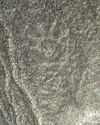
NAZCA GHOST GLYPHS
From the 1940s to the early 2000s, geoglyphs were discovered in the Nazca Desert of southern Peru depicting animals, humans, and other figures at the rate of 1.5 per year.

COLONIAL COMPANIONS
The ancestry of dogs in seventeenth-century Jamestown offers a window into social dynamics between Indigenous people and early colonists.

BAD MOON RISING
The British Museum houses around 130,000 clay tablets from ancient Mesopotamia written in cuneiform script between 3200 B.C. and the first century A.D.